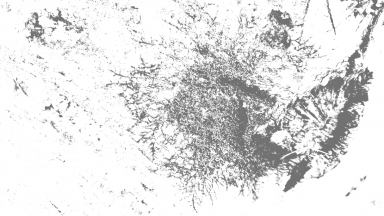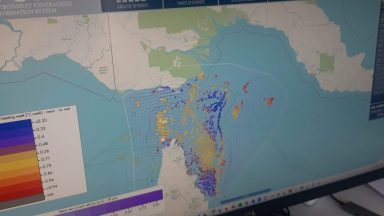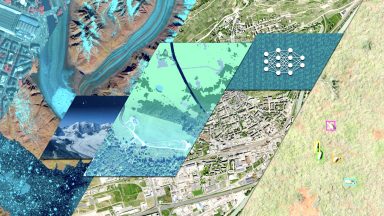
Environmental engineering relies on our ability to understand complex environmental phenomena and how these interact with the human system over a wide range of scales. There are different kinds of human-environment interaction.
First, the quality of environmental system affects the social system, e.g., pollution of air, water and soil affects human health and well-being.
Second, human activities, in particular land-use change, affect the environmental system or ecosystem services. It is thus essential to analyze, model and assess the effect of human activities on resource use and environmental pollution and determine the factors driving human behavior. Third, there is reciprocity between the human and the environmental systems, including feedback loops. These different categories of interaction are understood by integrating both environmental and social dynamics in conceptual and simulation models, and data requirements. In particular, the use of big data and new digitalization tools will strongly drive research into human-environment interactions in the future.
IIE covers both basic and applied research in human-environment interactions, including:
- Sustainable environmental management based on integration of soil, water and atmospheric data into complex decision-making processes
- Novel software tools for simulation of environmental systems, leading to relevant outcomes such as improved early warning and risk management
- Concurrent and interactive adaptions of human social systems and ecosystem functioning
- Identification of key social characteristics that control human impacts on ecosystems, and actions that can affect those impacts
- Characterizing concepts underlying interactions between the social and ecological systems
Laboratories

URBES
Laboratory of Urban and Environmental Systems





